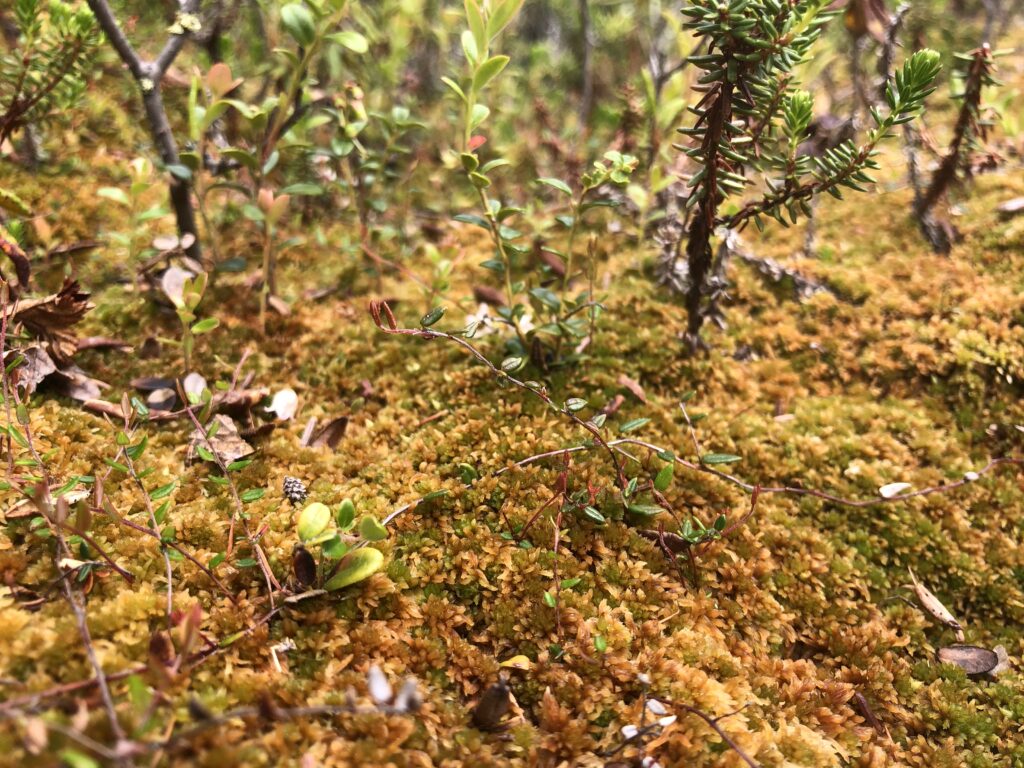May 12, 2022
Fun Fact: Sphagnum moss was so important for wound dressing during World War I that someone wrote a poem about it.
The Flanders poppy (Papaver rhoeas) thrived in the battlefields of the Western Front after exploding shells brought its dormant buried seeds to the surface. It has been the symbol of remembrance for war veterans in several countries ever since, but maybe we should also be wearing sphagnum pins in November.
Sphagnum moss was used for centuries to bind wounds suffered in battle. Warriors wounded in the battle of Clontarf (1014) stuffed their wounds with moss, and there are also records of its use from the Highlanders in the battle of Flodden (1513), and both the Crimean (1853 to 1856) and Franco-Prussian (1870-1871) wars. During the first world war, the collection and production of sphagnum moss dressings began on an industrial scale. Initially, collections were made by Scottish women and children (often boy scouts and girl guides), working for long hours in cold, wet bogs. By the end of the war, collections were being made throughout Ireland, England, Canada, and the US; Britain alone was producing 1,000,000 sphagnum dressings per month.

The process of collecting, drying, and preparing dressings for WWI soldiers was pioneered by Charles Walker Cathcart, a surgeon in Edinburgh. They were very effective. Dried sphagnum can absorb up to twenty-two times its own weight of liquid, including blood, pus, and lymph, before it starts to drip. It was far superior to inert cotton wool dressings, which were both expensive and increasingly difficult to source – cotton was used to manufacture gun cotton or nitrocellulose explosives. The preferred species for wound dressings were S. papillosum and S. palustre. Because of their ability to absorb and hold liquids, sphagnum could also be used as surgical swabs and cushions that kept beds dry while wounds were being irrigated. Under field conditions, I can imagine that a dry bed was a good bed.
In addition to its absorptive power, Sphagnum also has antiseptic properties thanks to the pectic polysaccharides (sphagnan) contained in their cell walls. Recent research from Scandinavia (where sphagnum is used to pack fresh fish), suggests the antiseptic properties are driven by the ability of sphagnum cell walls to lower the pH of their environment sufficiently to inhibit the growth of bacterial colonies.
The following poem was written by Mrs AM Smith (1917), a member of the Edinburgh Ware Dressings Supply Organisation:
The doctors and the nurses
Look North with eager eyes,
And call on us to send them
The dressing that they prize
No other is its equal—
In modest bulk in goes,
Until it meets the gaping wound
Where the red life blood flows,
Then spreading, swelling in it’s might
It checks the fatal loss,
And kills the germ, and heals the hurt-
The kindly Sphagnum Moss
